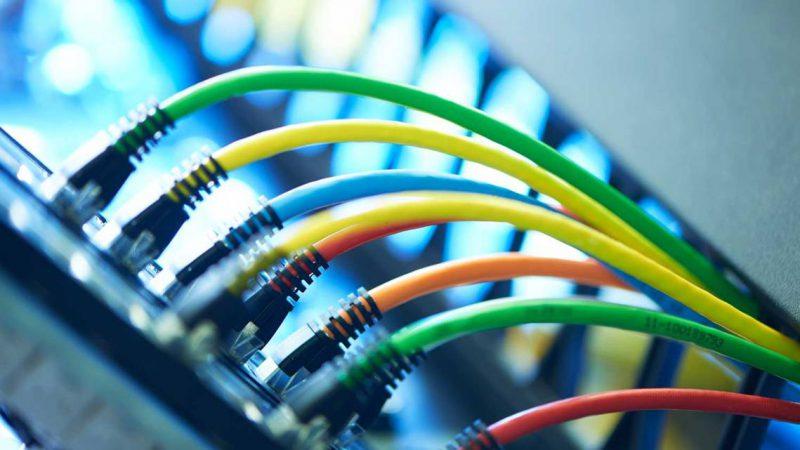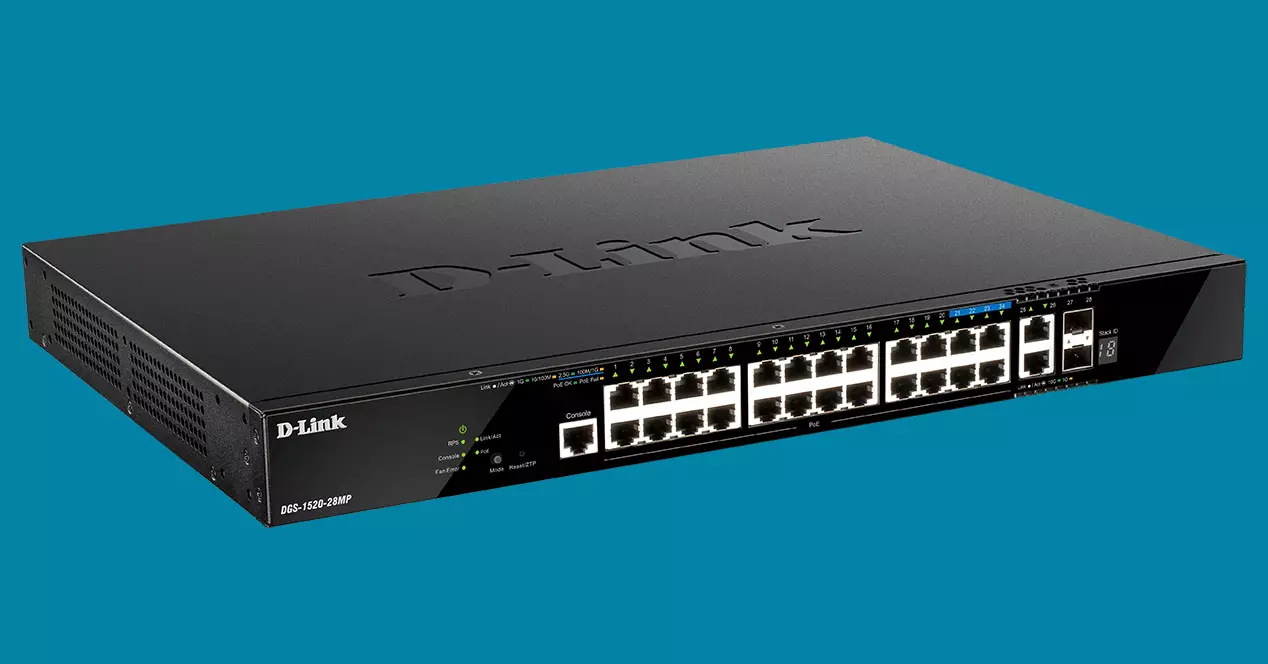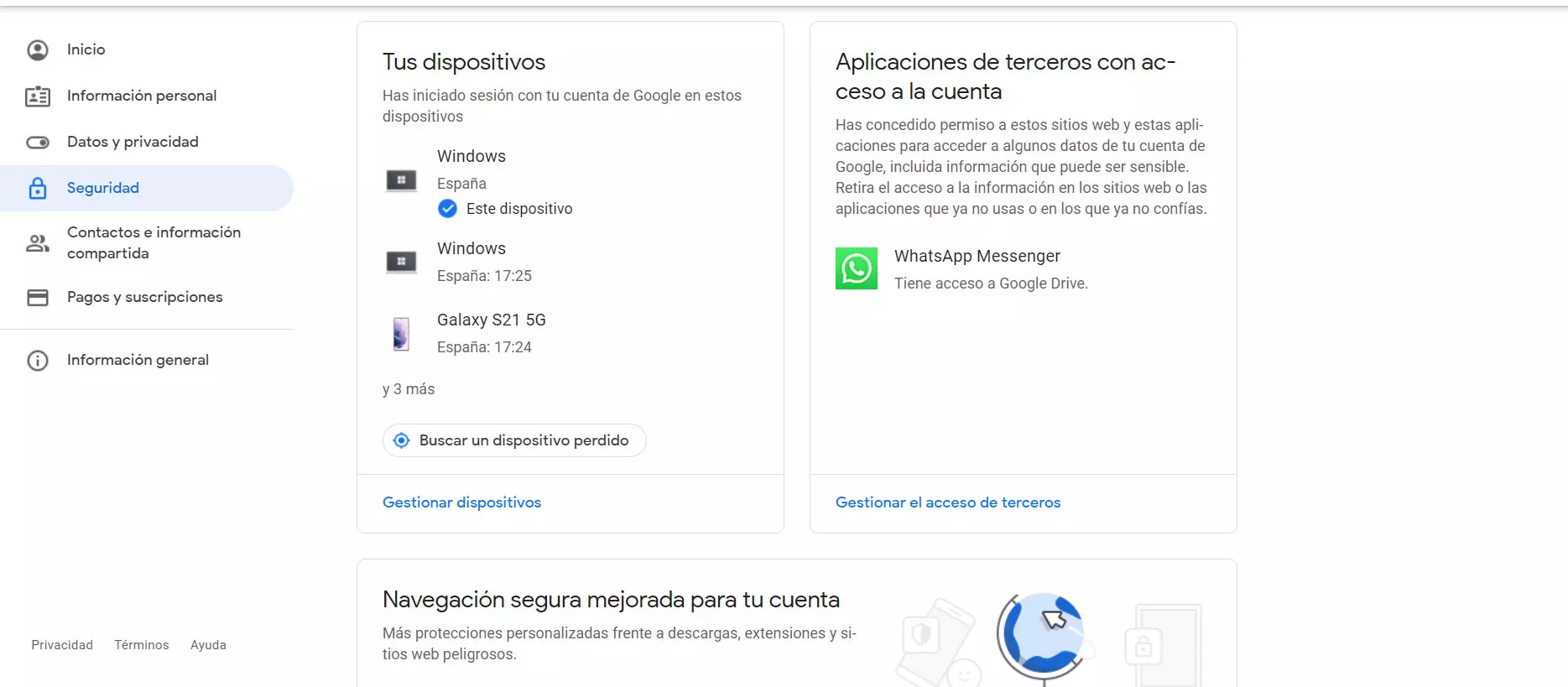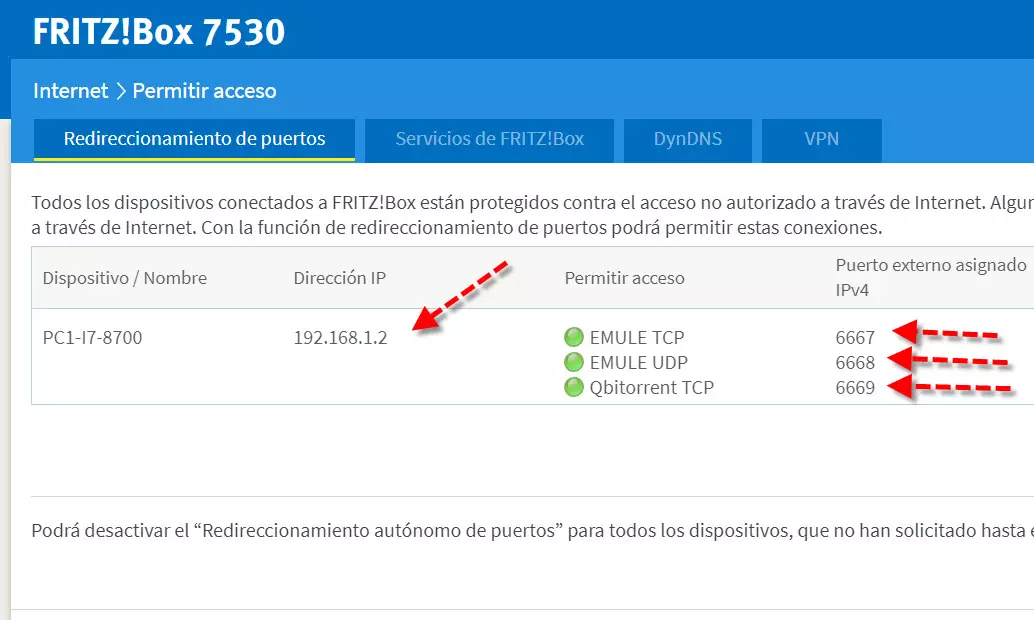
- There is no need to have power cables to provide power to the devices.
- It is not necessary to have current transformers to feed them.
- It allows us to have a distance of 100 meters from the switch to the device, and there are even models that allow up to 250 meters of distance.
- Everything is managed from the switch, we can configure the programmer, give priorities in case we reach the maximum Power Budget and much more.
- It allows data and power management from a firmware web menu, although there are models that have a local controller and even in the Cloud.
- With the same switch, several devices can be fed simultaneously, only one cable is necessary for each device to be fed with energy and data.
- Simplifies network deployment.
- Reduces the failure factor.
- Retrench of space.
- Money savings (we don’t have to buy transformers or take the electrical energy “close” to where the devices are).
Once we know what it is for and what benefits it has, we are going to talk about the two most common types.
Do I need 15.4W or 30W PoE per port?
The PoE standard or also known as 802.3afallows us to provide a power up to 15.4W per port, this is enough to power low to mid-end professional APs, low to mid-end cameras, as well as VoIP phones and IoT devices. In case you need more power, there is also the PoE+ standard or known as 802.3at, this standard allows us to provide up to 30W per port, making it ideal for powering high-end APs, IP cameras in 4K resolution and almost any type of device.
Although we have power up to 30W, we must bear in mind that in real life we will never reach this high consumption, generally high-end 4K IP cameras consume about 18W at most, and the same goes for high-end professional APs, also, in this case it depends on how many simultaneous wireless clients we have. It is very important to know that the 802.3at standard is also backwards compatible with 802.3af, so our recommendation is that you buy a PoE+ switch directly to avoid problems if you are later going to buy high-end IP cameras or professional APs with High-end Wi-Fi 6.
Now that you know the two types that exist, we are going to recommend a total of three families of switches for different areas.
Practical scenarios where to use PoE switches
The manufacturer D-Link currently has several families of switches that incorporate this technology to power the end devices through the Ethernet network cable itself. Depending on our needs in terms of number of ports and firmware characteristics, we will have to go to some product ranges or others. Today in RedesZone we are going to show you three scenarios and we are only going to recommend a total of one family for each scenario, however, on the official D-Link website you have all the available models.
Small business or office
In an office or small business we are not going to need a large number of ports or too advanced configuration options. The ideal model in this scenario is the model D-Link DGS-1100-08PV2, a team of very good features with a reduced size, ideal to place it anywhere to power the rest of the devices. The main characteristics of this model are the following:
- 8 Gigabit Ethernet ports with PoE+ (up to 30W of power per port).
- It has a Power budget of up to 64W, so we will be able to power a large number of devices such as APs, cameras, VoIP systems, and more.
- It is completely silent because it does not incorporate any type of fan.
Regarding the available configuration options, we have the main options of an L2 switch such as the management of VLANs based on 802.1Q and per port, it also has asymmetric VLAN, VLAN for video surveillance and voice. In addition, we have STP and RSTP to avoid loops, we can create link aggregation with the 802.3ad standard and also an advanced QoS to prioritize traffic.
medium business
In the event that a model has to be installed in a medium-sized company, it is highly recommended to go to one of the best-selling families of D-Link, and that is because the DGS-1210 family has a large number of switches to satisfy all the needs of its customers. The model that we recommend in this scenario is the DGS-1210-10MP, however, you can also buy the DGS-1210-28P/MP or the DGS-1210-52MP models in case you need more Gigabit Ethernet ports.
The main characteristics of this DGS-1210-10MP model are the following:
- 8 Gigabit Ethernet ports with PoE+ (up to 30W of power per port).
- It has two SFP (Gigabit) ports for connecting fiber optics or a DAC cable.
- It has a Power budget of up to 130W, to power a large number of devices.
- It is completely silent because it does not incorporate any type of fan.
Regarding the available configuration options, we are dealing with a device that is L2+, this means that we have all the usual configuration options of L2 switches such as VLANs based on 802.1Q and per port, asymmetric VLAN, VLAN for video surveillance and voice, STP and RSTP protocols to avoid loops, link aggregation and also advanced QoS to prioritize traffic. This model also has L3 features, such as the ability to configure interfaces for inter-VLAN routing, configure static routes, and we even have MSTP for larger networks.
Medium company for Core or large company
In the event that you have a medium-sized company and you want to place a PoE switch in the Core of the network, or if you have a large company, the new range of D-Link that we recommend is the DGS-1520, this family is made up of Two models with Power over Ethernet technology: DGS-1520-28MP and DGS-1520-52MP, both models have the same technical specifications, the only difference is the number of available Gigabit Ethernet ports. We believe that the DGS-1520-28MP model is more than enough for a medium business environment, the main features of this equipment are:
- 20 Gigabit Ethernet ports with PoE+ (up to 30W per port).
- 4 2.5G Multigigabit ports with PoE+ (up to 30W per port).
- 2 10GBASE-T ports.
- 2 SFP+ ports at 10Gbps speed.
- These models do have active cooling with fans, to adequately cool the internal components of the equipment.
As for the technical specifications, these models are from the “Smart” range but at the “Managed” level in terms of their advanced configuration options, and we are going to have all the options of the L2 models, and we also have several options at the L3 level, so this switch is multilayer. Some of the most advanced features are that it supports dynamic routing with OSPF and RIP, it also has VRRP, support for Q-in-Q, it is physically stackable and a large number of configuration options. This model is one of the most advanced of D-Link, at the price of a «Smart» switch.






